Behavioural change / Intern / Mobility
'Fietsgeluk;' The Netherlands, Denmark, & Beyond
While based in Delft, NL, our International Marcom Intern experienced Dutch integrated mobility up close, living it day to day, learning from local experts, and seeing how design shapes behavior. She then immersed herself even deeper through weekend trips to Denmark, France, and Belgium. These contrasting perspectives revealed how culture and context influence what “good” mobility can look like and highlighted why Dutch design principles stand out globally. Experiencing the Netherlands’ cycling networks, transit systems, and public spaces firsthand brought these principles to life and continues to inform how we approach our projects today. She now looks back on the highlights of that experience with appreciation, reflecting on how it shaped her understanding of integrated mobility.
Reflections from Countries Famous for Cycling
In the Netherlands, the concept of fietsgeluk, or “cycling happiness,” is more than a phrase. It is visible on the streets, in the design of infrastructure, and in the normalcy of people cycling side by side. Last summer was an immersion into the heart of cycling culture. Living in Delft, NL, revealed how mobility could look and feel when cycling wasn’t simply a mode of transport, but part of daily life.
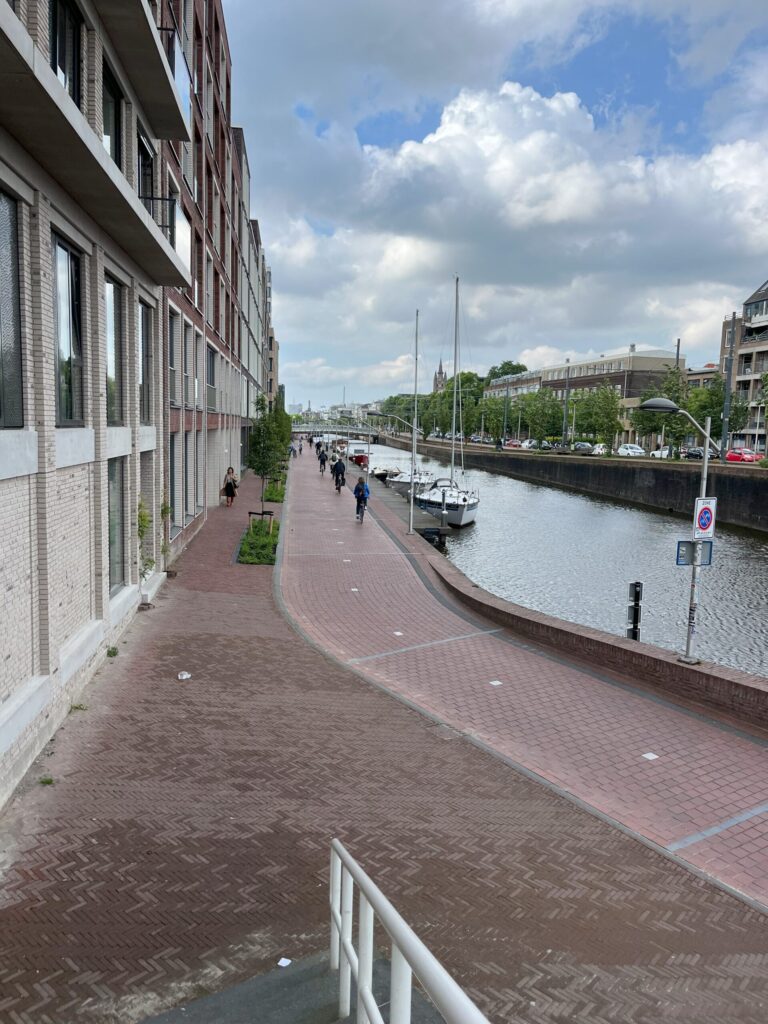
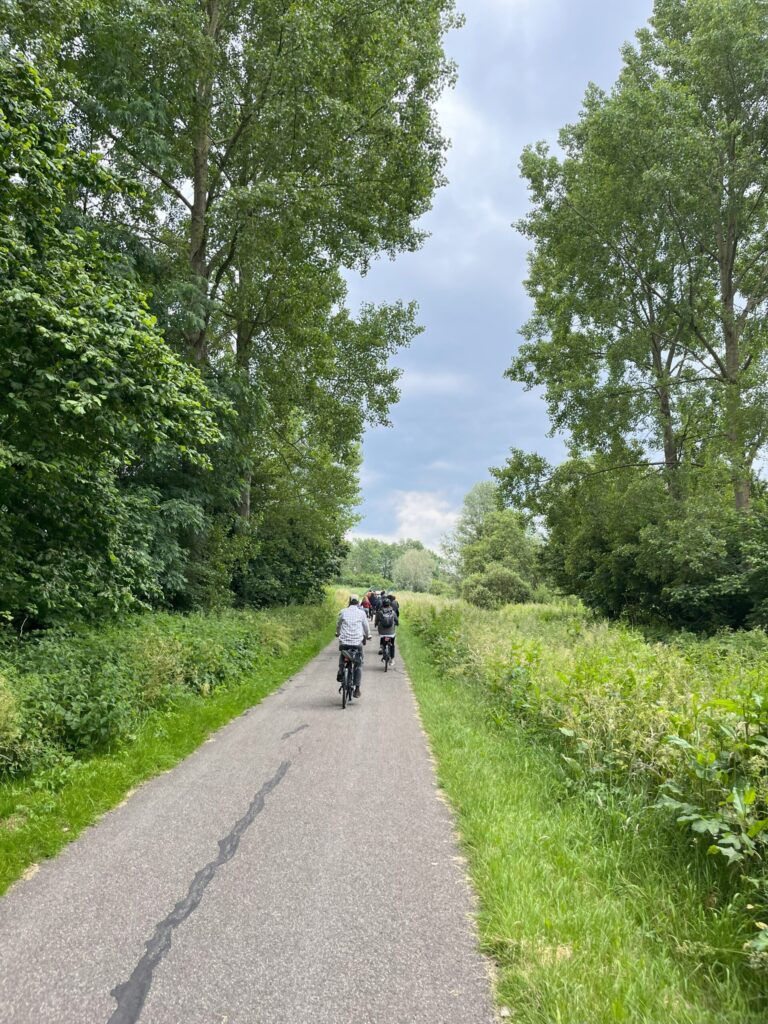
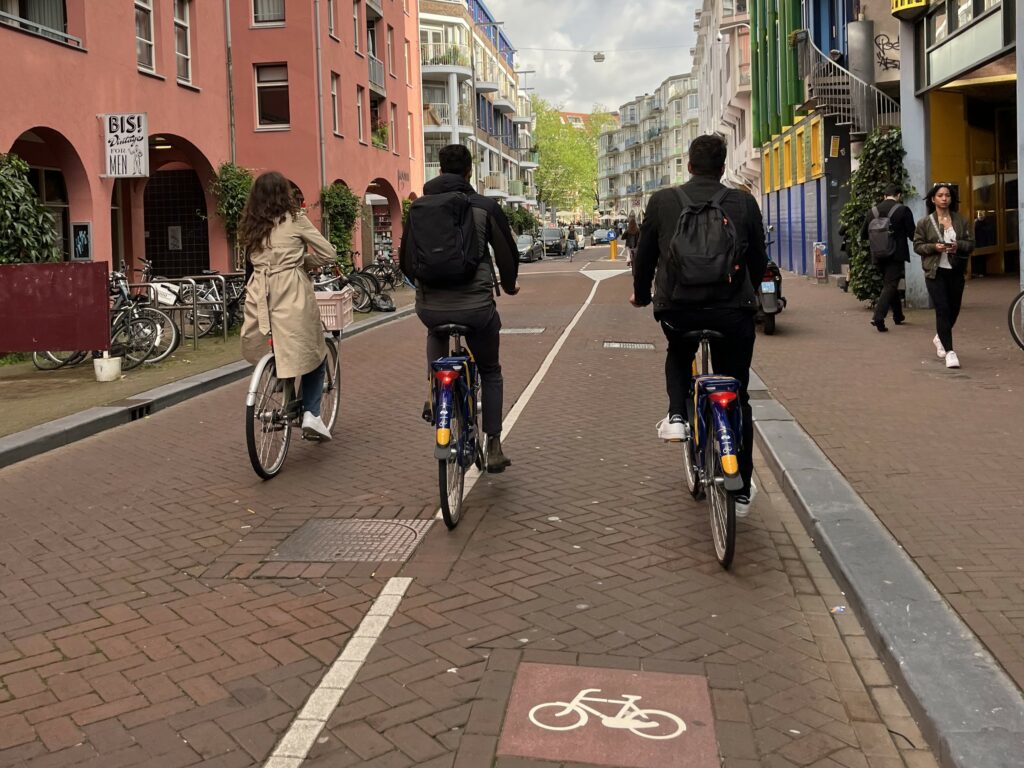
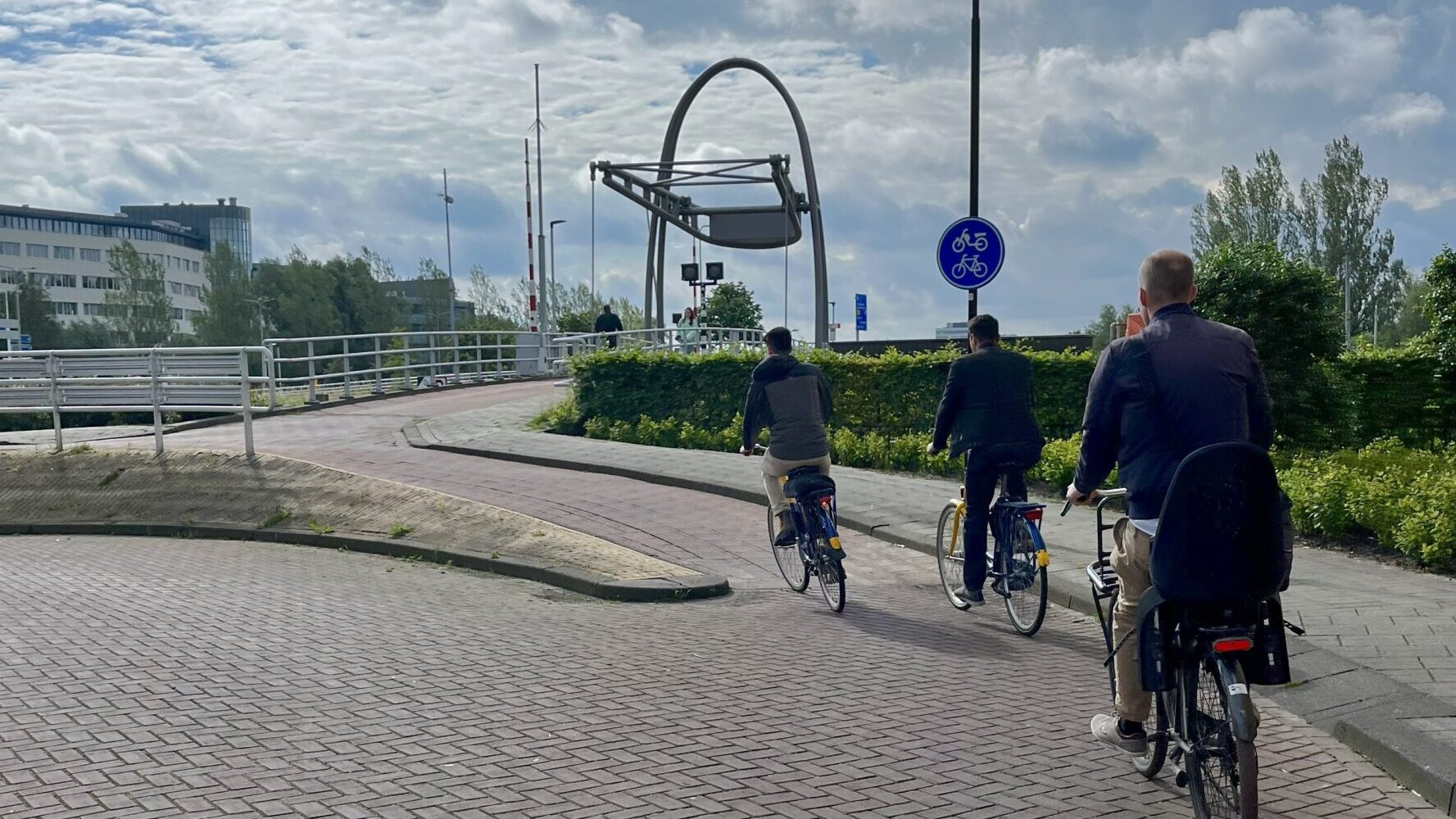
Weekend trips across the Netherlands and a visit to Copenhagen made the contrasts even clearer. Cycling in Delft meant being surrounded by infrastructure that invites riders to feel safe and social. Roundabouts designed for bikes, protective barriers separating traffic, and forgiving ramped curbs created an environment where cycling felt easy, natural, and pleasant. It wasn’t just about reaching a destination; it was about enjoying the journey.
Copenhagen, by contrast, showcased a different cycling culture. The infrastructure was impressive: spanning bridges, extensive bike lanes, and strong integration with public transport, but the experience felt different. Riders moved quickly and single-file, focused on efficiency. The raised cycle tracks, framed by curbs, reinforced a sense of urgency and confinement. The culture leaned toward speed and productivity, whereas in the Netherlands, cycling felt more relaxed and communal.
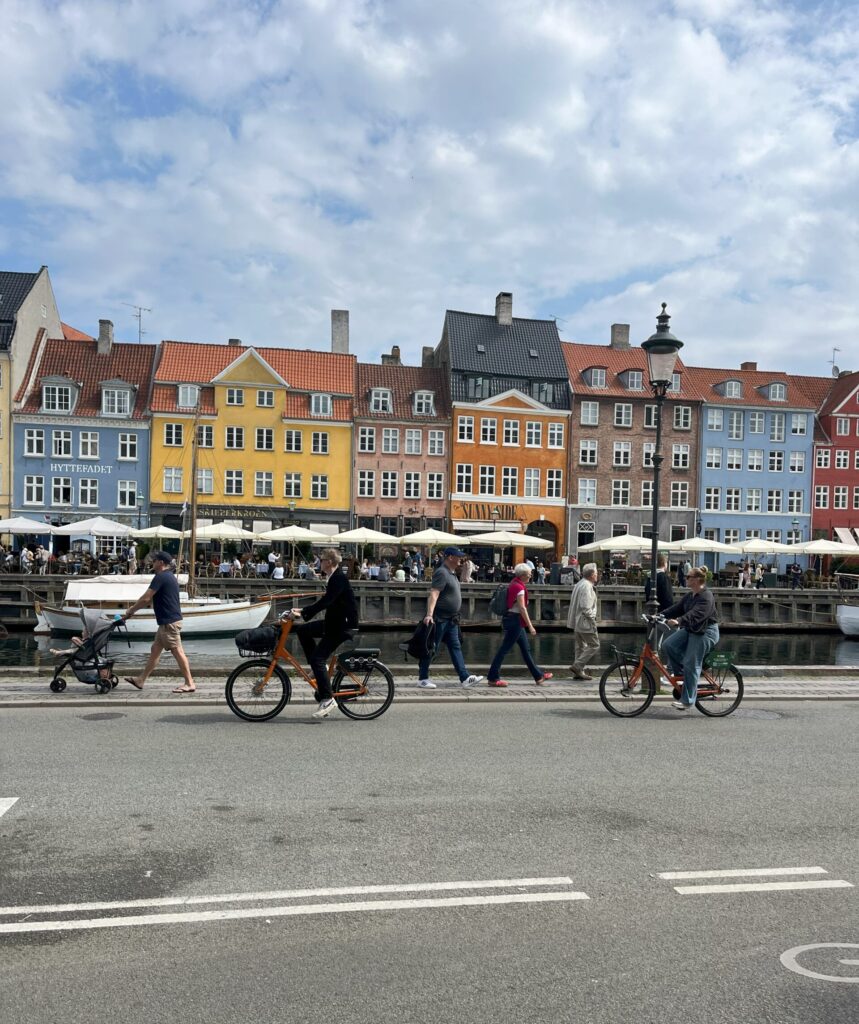
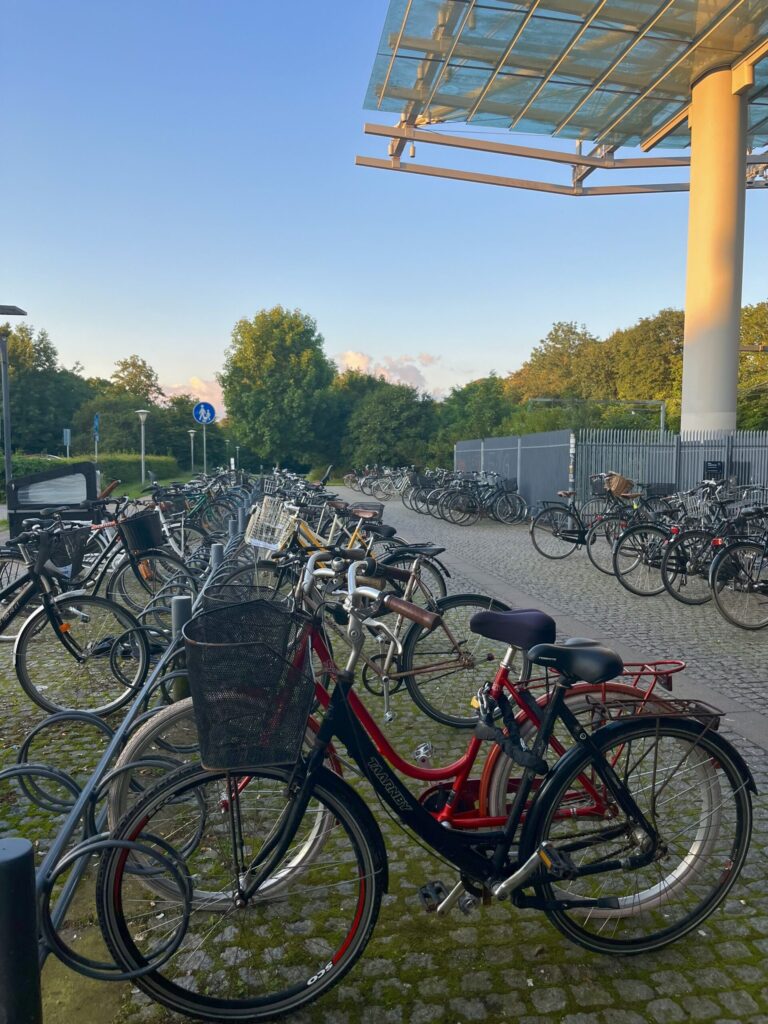
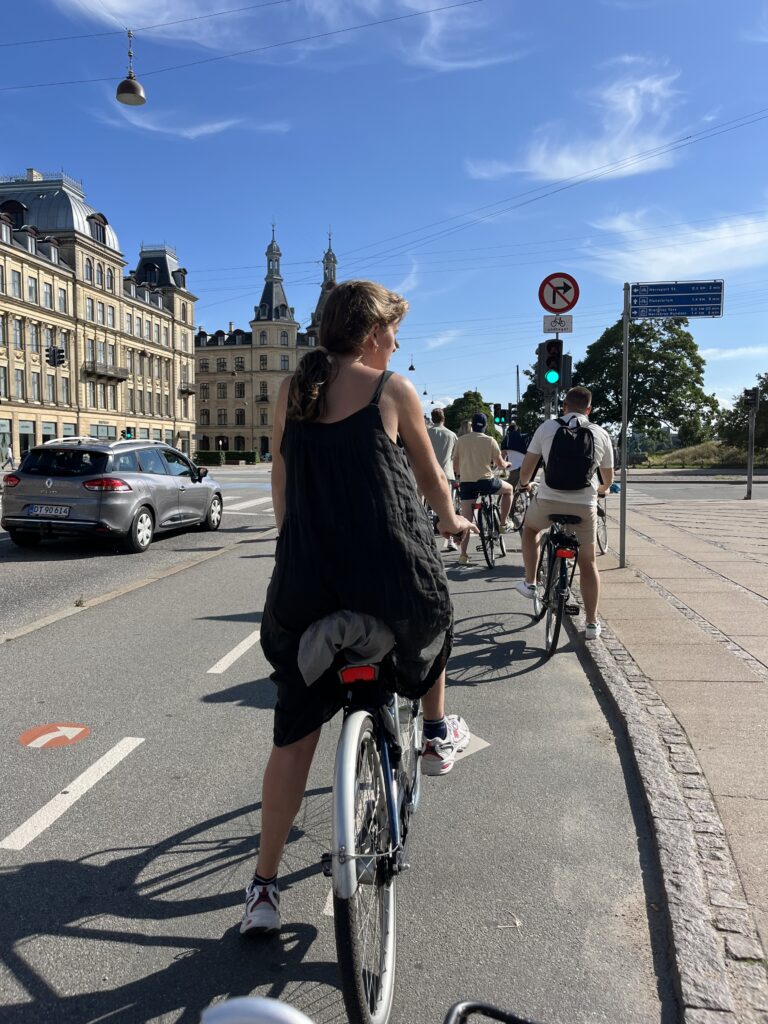
Paris: Cycling Happiness on the World Stage
Another striking example came from Paris during the 2024 Olympics. In anticipation of the influx of visitors, the city created temporary cycling corridors and car-free routes designed to help tourists move between venues with ease. These “pop-up” bike lanes were not just functional, they were festive; filled with riders experiencing the city in a new way.
Most remarkable was how quickly these spaces were embraced. Locals and tourists alike discovered the joy of cycling along the Seine or gliding through streets normally clogged with cars. The popularity of these temporary networks sparked something lasting. Many of the cycling routes designated for travel during the Olympics remained in place or were reimagined as permanent features after the Games.
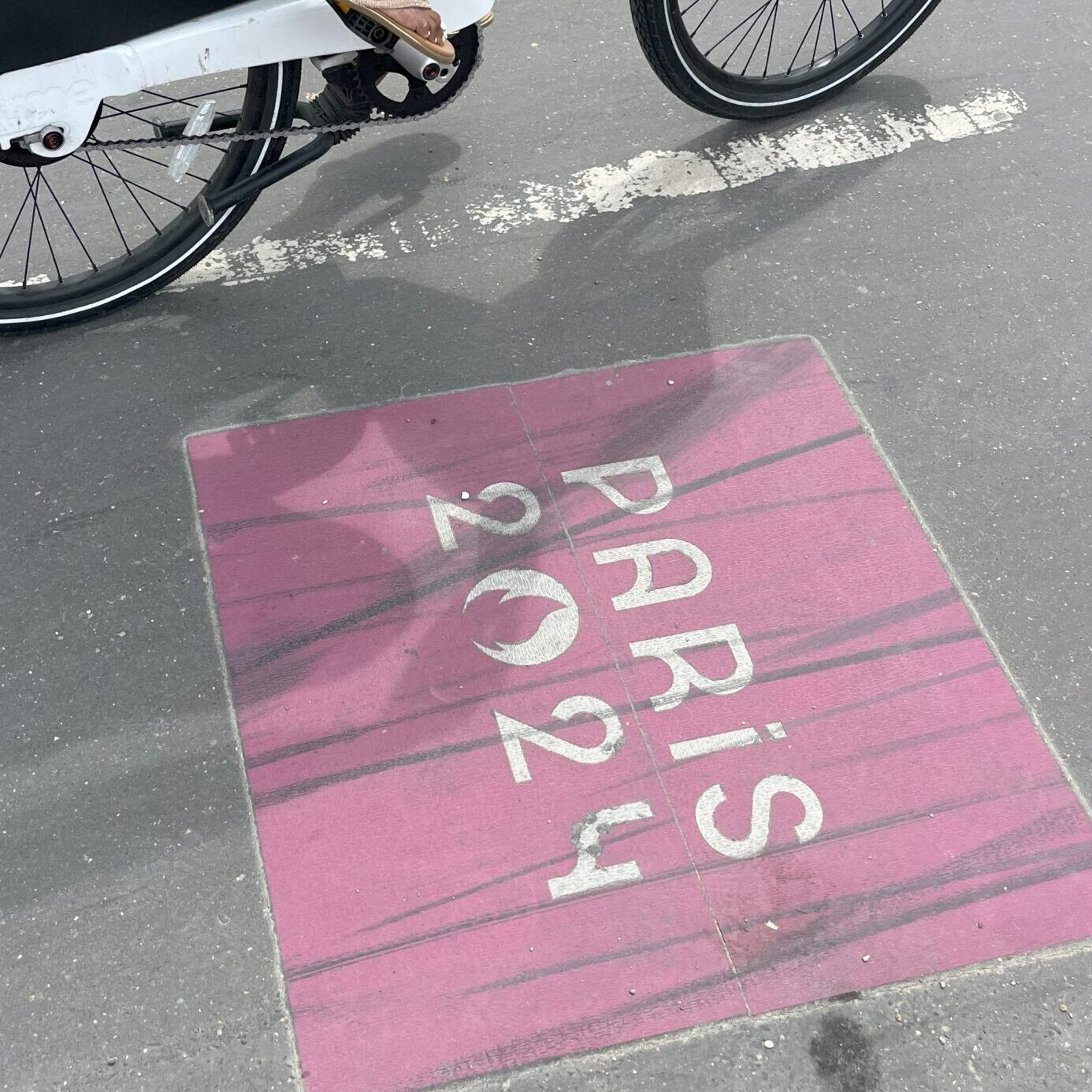
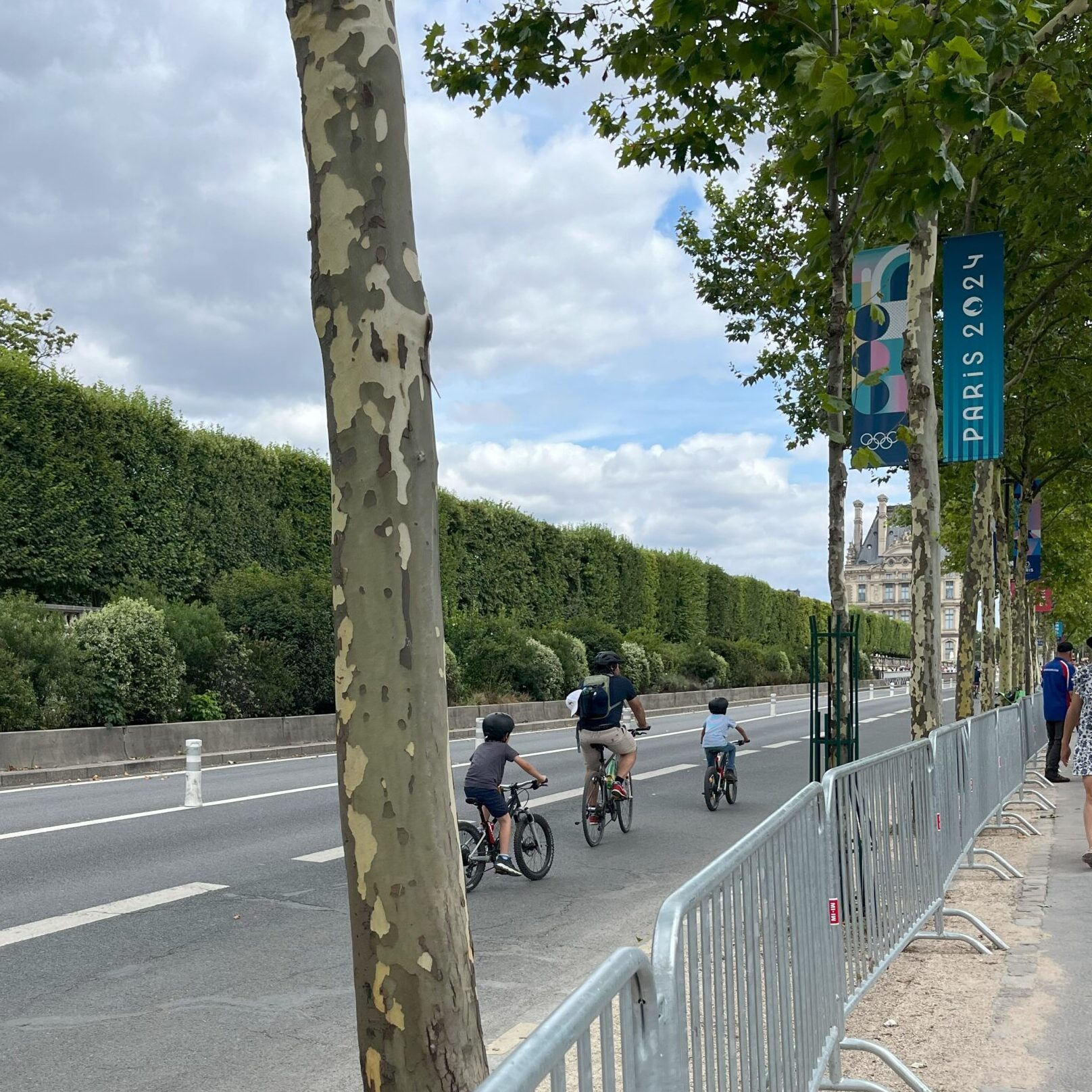
Paris demonstrated that fietsgeluk could be sparked almost overnight when people are given safe, inviting, and celebratory spaces to ride. What began as a temporary experiment for visitors evolved into a cultural shift for residents. It reinforced the idea that cycling happiness is not unique to the Netherlands, but can take root anywhere when design and opportunity align.
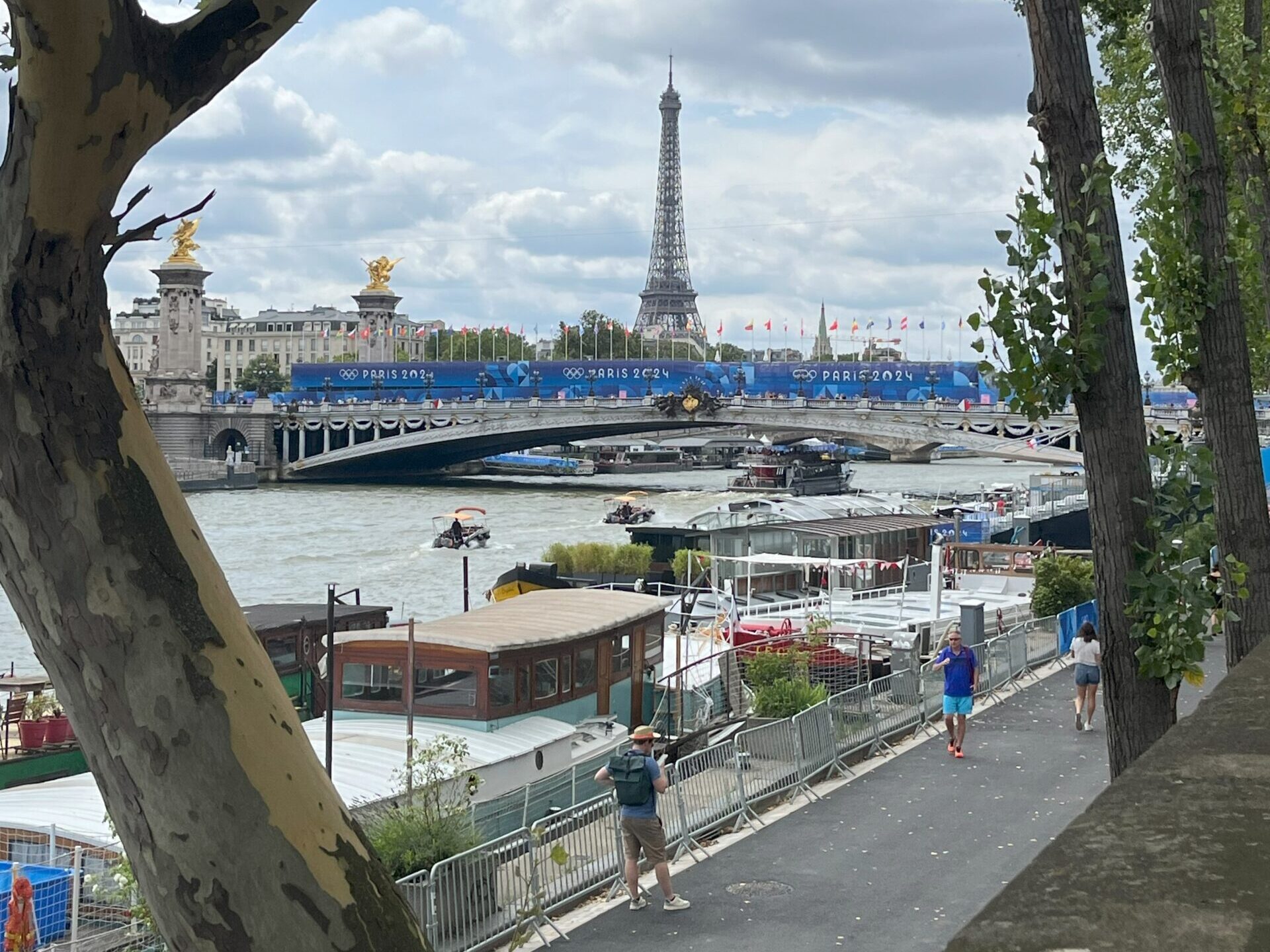
Culture and Infrastructure Hand in Hand
These experiences highlight how infrastructure and culture are deeply connected. The Dutch created spaces that encouraged not only safety but also connection. People could ride side by side, talk, and feel free to take up space. The social comfort of cycling as a shared experience rather than just an individual commute, was the essence of fietsgeluk.
The lessons from last summer extend far beyond Delft, Copenhagen, or Paris. They suggest that any city can foster cycling happiness if it designs spaces that people want to use, not just tolerate. Good infrastructure creates safety; great infrastructure creates joy. When cycling becomes pleasant, social, and inviting, it naturally becomes part of the culture.
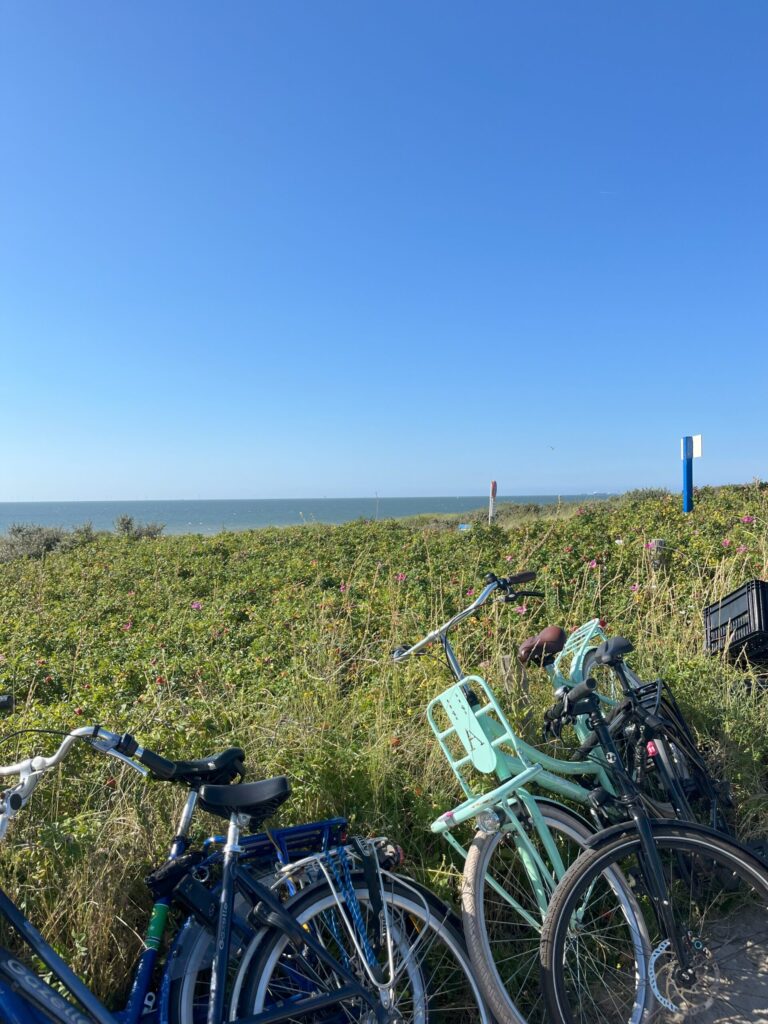
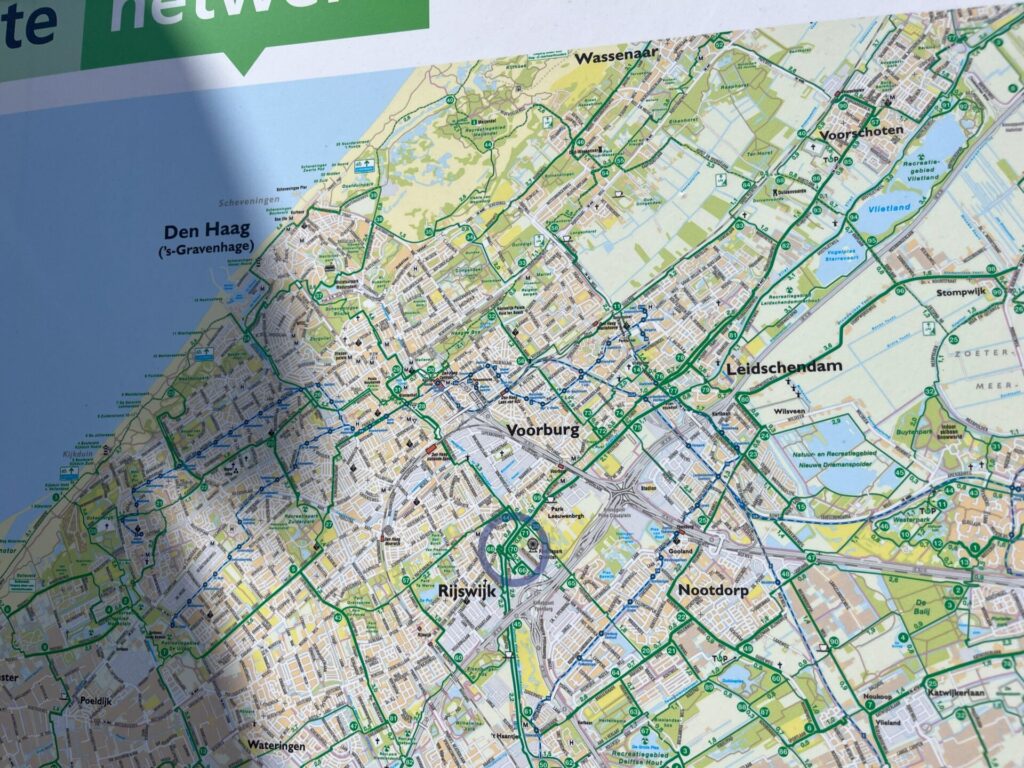
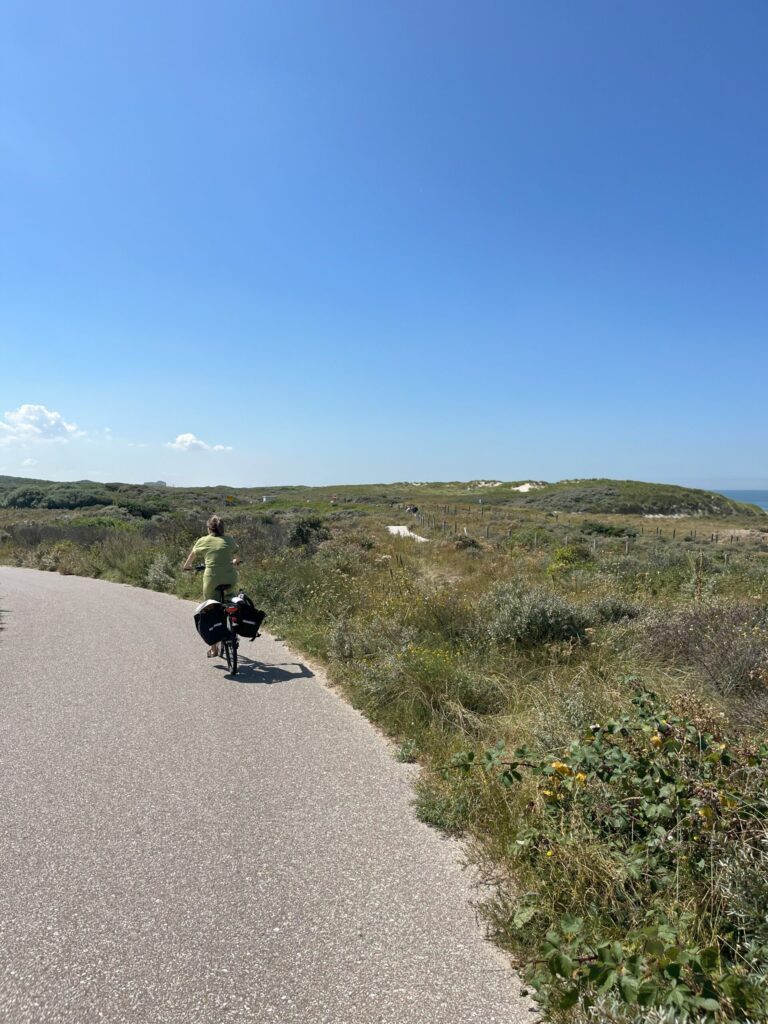
Behavioral Change
Fietsgeluk is what turns cycling from a practical choice into a preferred one. It transforms a commute into a daily ritual of comfort, freedom, and happiness. For communities everywhere, chasing fietsgeluk may be the key to building mobility systems that people not only use but truly love.
At Mobycon, we help cities around the world take these lessons from the Netherlands and adapt them to their own contexts. Through our Masterclasses and Study Tours, participants experience fietsgeluk firsthand. Cycling on Dutch infrastructure, learning from experts, and discovering how cultural and design principles can be translated into local communities. If your city is ready to embrace cycling happiness, reach out to us to learn more about our current offerings or to book a customized Masterclass for your team.

